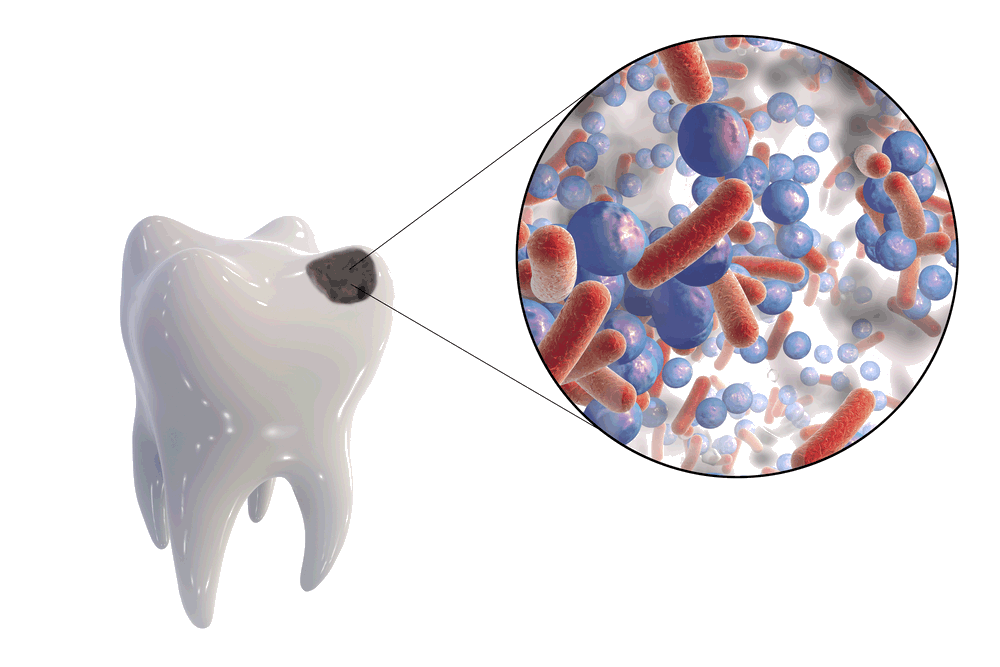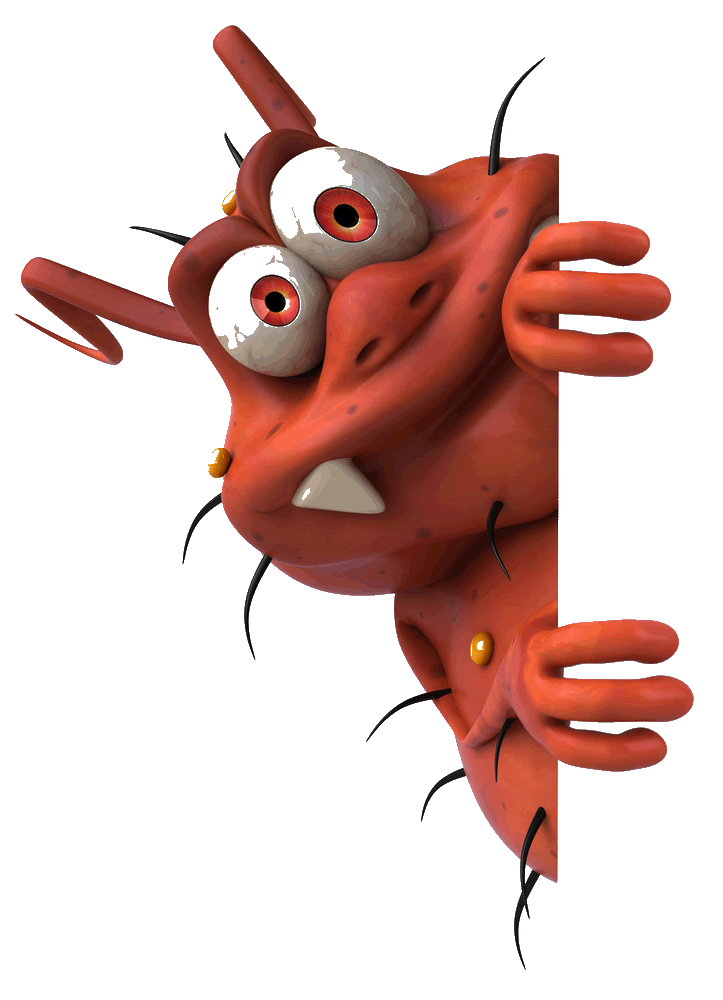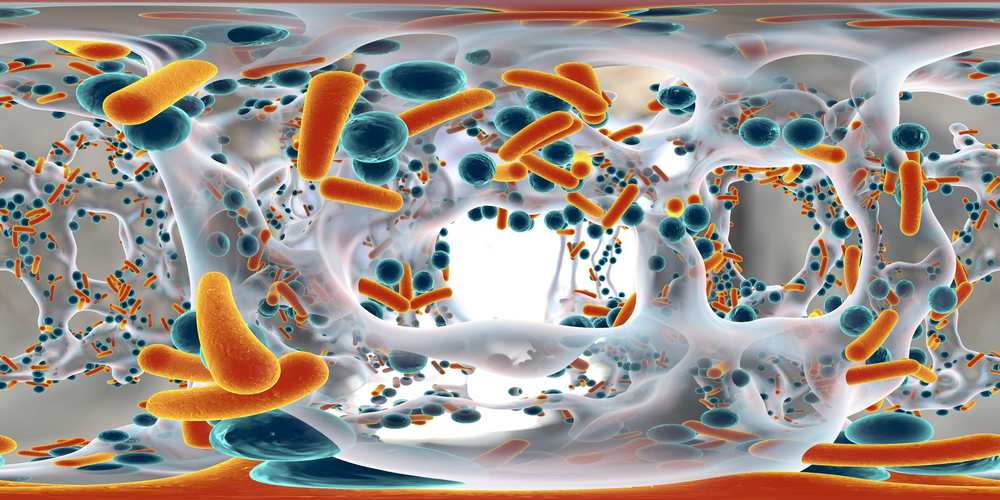|

My research focuses on the investigation and interpretation of oral pathological processes in precontact populations. A major theme of this research is the reorientation of interpretive frameworks away from the linear culture change models of the twentieth century. Instead, my research uses the biofilm model of homeostasis to interpret pathological processes in populations.

The predominant bioarchaeological interpretation of dental caries has focused on dietary regimens and dietary transitions. The prevailing interpretation of caries etiology has been that as the proportion of carbohydrates in the diet increases, a bacterial invasion of the mouth begins that ultimately results in tooth decay. Clinical research has demonstrated that this is an outdated model and that incidence of oral pathology cannot be used as a general indicator of diet in a population.

Dental and periodontal medicine is a rapidly evolving nexus that has seen sweeping changes over the past two decades. A central aspect of the current understanding of oral diseases is a radical new interpretation of oral disease etiology. Medical research has abandoned the outdated concept of overall health and instead focuses on disruptions of complex interrelated systems (e.g., biofilm model of homeostasis). Clinical evidence has shown that caries (dental decay) is not the inevitable result of increased complex carbohydrate consumption. It is also not the result of an invasion by exogenous bacteria. Instead, oral diseases like caries result from the disturbance of homeostasis in the oral cavity. This disturbance frequently results in subsequent overgrowth of opportunistic endogenous bacteria.
My research uses this new understanding of oral pathology etiology as an interpretive tool to understand potential culture events that alter oral homeostasis. One of the outcomes of this research is the emerging evidence that increases in caries incidence often seen with a shift in subsistence strategy most likely result from removal of cariostatic compounds from the diet rather than addition of carbohydrates. Traditional diets frequently included abundant sources of phenolic compounds like tannic acid and resveratrol. Common food items containing these compounds include acorns, nuts, grapes, blueberries, and cranberries, as well as numerous herbaceous plants. Phenolic compounds suppress pathogenic bacteria which allows commensal bacteria to maintain healthy populations.
|



